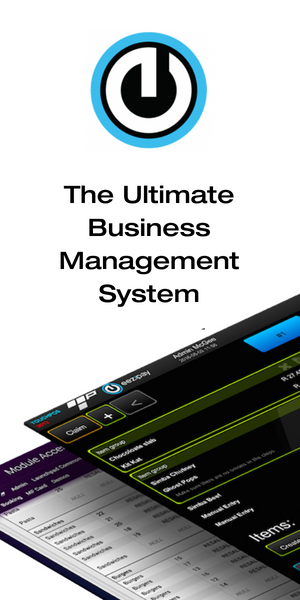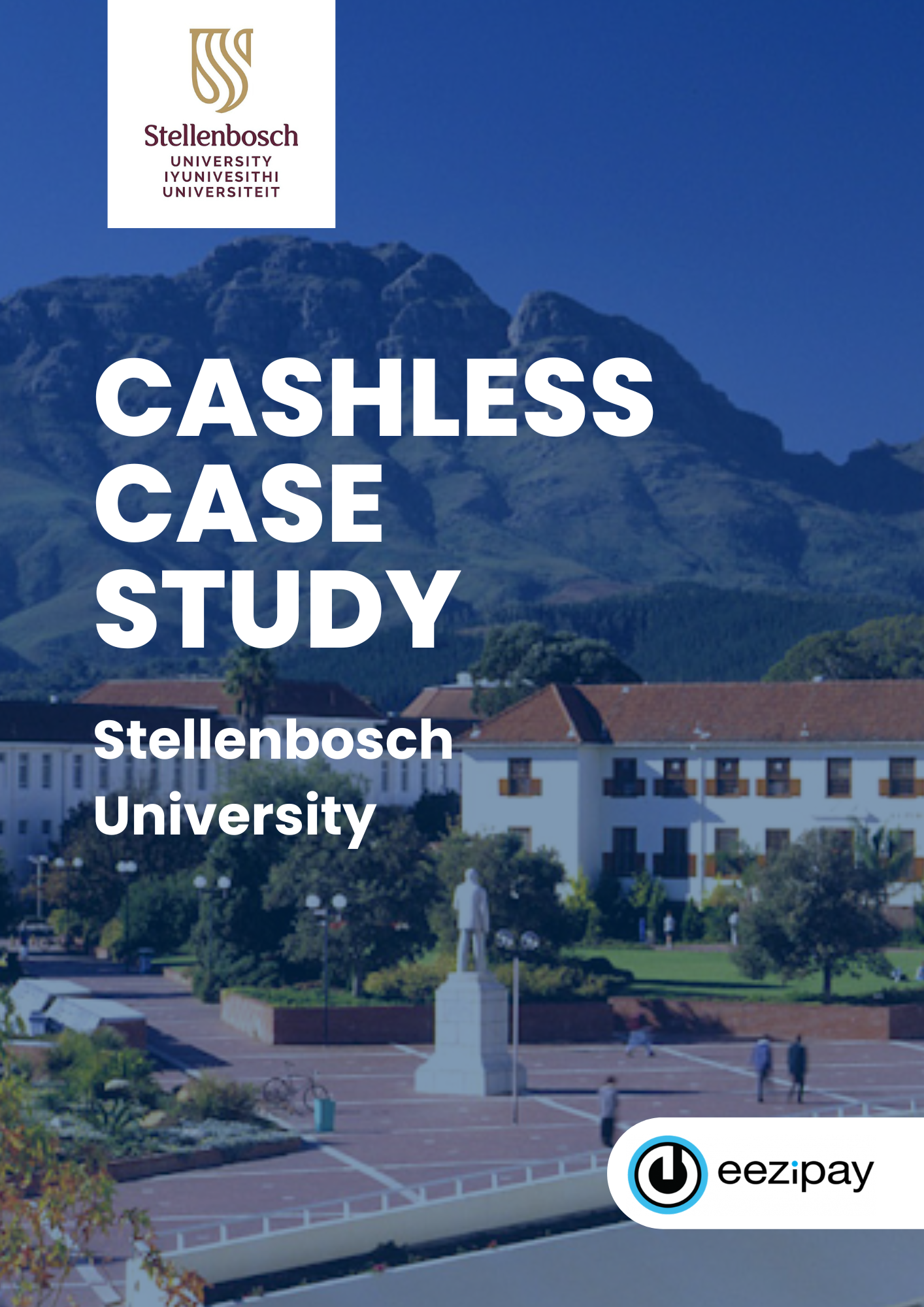Across South Africa’s higher education landscape, the idea of a green campus is no longer a future ambition – it is becoming a present-day necessity. Universities and purpose-built student accommodation (PBSA) operators face mounting pressure from students, policymakers, and sustainability frameworks to reduce their environmental footprint while improving operational efficiency. From energy-saving initiatives to eco-friendly building design, institutions are exploring every avenue to align with a more sustainable model of student living.
One area often overlooked in this sustainability conversation is how students pay for services. Traditional cash-based and paper-heavy systems not only generate waste through receipts, forms, and manual reconciliations, but they also create inefficiencies that drain both resources and energy. By contrast, cashless technologies offer a powerful, practical solution that goes beyond convenience — they actively contribute to sustainability goals.
This blog explores how cashless residences support South African universities and PBSA providers in promoting eco-friendly practices, reducing waste, and creating a foundation for sustainable student housing. By minimising paper use, decreasing food waste, and lowering transportation emissions, cashless solutions play a crucial role in the digital-first strategies that are shaping the campuses of the future.
Table of Contents
Why Sustainability Matters in South African Student Accommodation
South Africa is facing acute environmental challenges: energy insecurity, water scarcity, and increasing waste are placing both financial and ecological strain on institutions. Universities and PBSA (purpose-built student accommodation) operators are under growing scrutiny to adopt more sustainable models, both to meet policy expectations and to satisfy generations of students who expect meaningful action on climate and environmental justice.
Research at Rhodes University, for example, shows that student residences are significant consumers of paper, water and energy, and pro-environmental behaviour among residents is mixed: many students want to act sustainably but are constrained by habitual, institutional, or infrastructural barriers.
South Africa has formally committed to several international environmental goals (UN SDGs, Paris Agreement) and has its own regulatory frameworks encouraging greener buildings and reduced carbon emissions. For student housing, building a green campus is essential. It is becoming central to funding, accreditation, and social legitimacy.
The Role of Cashless Residences in Building a Green Campus
One of the more under-exploited levers for improving sustainability in student housing is shifting from cash and paper-based systems to cashless, digital operations. Below are some of the key ways in which cashless residences support eco-friendly residences and sustainable student housing:
- Paper reduction: Physical receipts, forms, and registers are replaced by digital records. This reduces the number of trees used for paper production, the energy required for printing, and waste disposal issues.
- Reduced transport emissions: With fewer trips needed for delivering cash to banks, physically collecting payments or transporting cash, the carbon footprint falls.
- Minimised food waste: In residences with catering services, cashless meal-booking systems provide accurate forecasting, enabling kitchens to prepare closer to real demand and reduce overproduction, spoilage, and packaging waste.
- Administrative efficiency: Time spent manually reconciling cash, chasing missing receipts, or dealing with lost paperwork is saved. This frees staff time for higher-value tasks.
- Enhanced monitoring and transparency: Digital payment trails allow for tracking and reporting on usage, consumption, and waste—crucial for sustainability reporting and for pinpointing areas for improvement.
Case studies of global smart and sustainable student residences illustrate the trend of integrating renewable energy, smart technologies, and low-carbon building systems. These models frequently incorporate digital payment and access systems as part of a wider green campus sustainability ecosystem.
Environmental Benefits of Going Cashless
Here is a table summarising the environmental benefits of shifting residences to cashless systems:
| Benefit | Description | Environmental & Operational Impact |
|---|---|---|
| Paper Reduction | Eliminates printed receipts/invoices/forms | Conserves trees; reduces landfill burden; lowers cost of paper, printing, storage |
| Energy Savings | Less energy is used in printing, photocopying, and transporting paper documents | Reduced electricity use; lower carbon emissions from associated activities |
| Waste Reduction | Digital ordering, meal booking, and cancellation reduce leftover food and packaging | Less organic waste, reduced packaging waste, and lower cost of waste disposal |
| Water Conservation | Paper production uses large volumes of water; less printed material reduces the water footprint | Aids management of water scarcity; supports sustainability in regions prone to drought |
| Carbon Footprint Reduction | Fewer physical cash handling trips; less logistical travel associated with paper processing | Decreases CO₂ emissions; contributes to institutional climate targets |
These combined benefits demonstrate how simple digital shifts can speed up the transition to a green campus.
Aligning with Global and Local Green Campus Initiatives
South Africa already has strong examples of campuses pursuing sustainability goals. One such is the University of Cape Town’s Green Campus Initiative, which not only promotes recycling and energy-saving campaigns but has tied in residence operations (waste separation, energy challenges) as core components of its environmental strategy.
Globally, in developing economies, a bibliometric review of smart and sustainable student residence models reveals that key trends include low-carbon building systems, smart integrations, and emphasis on renewable energy — all of which are compatible with cashless payment infrastructures. Digital systems act as the connective tissue enabling accurate measurement, behaviour-change interventions, and scalable sustainability.
Cashless systems not only reduce environmental impacts directly but also strengthen institutions’ ability to apply for green building certifications (such as EDGE, LEED) or government grants tied to sustainability metrics. By enabling data-driven reporting and reducing non-productive resource use, cashless residences help meet many of the criteria used by such certification schemes.
Beyond Payments – Broader Digital Sustainability Ecosystem
To maximise environmental gains, cashless payments should be part of a wider digital ecosystem in residences, helping residences evolve into a truly green campus environment. When combined with other technology-led systems, the cumulative effect on sustainability can be significant. Some digital complements include:
- Smart access control and security: electronic access cards or smartphone apps reduce the need for physical keys and printed logbooks.
- Digital laundry systems: students can view usage, book slots, and pay through apps, helping them avoid long queues and unnecessary energy consumption, such as wasted laundry cycles.
- Online student services: maintenance requests, service bookings, even orientation forms digitised; less paper, fewer physical offices.
- IoT for energy & water management: smart sensors that switch off lights, regulate heating/cooling, detect leaks or water overuse.
For accommodation operators considering digital tools, our blog on Laundry Management System: 7 Compelling Benefits 2025 covers how integrating laundry-booking payments and monitoring helps reduce waste, lower costs, and improve satisfaction.
These digital integrations highlight that a green campus is about more than payments — it is about creating a culture of sustainability.
Challenges and Opportunities for South African Universities
Challenges
- Infrastructure gaps: Not all campuses or residences have the necessary reliable internet, hardware, or stable power supply to support purely digital or cashless operations.
- Digital divide: Some students may lack bank accounts or mobile devices; others may have low digital literacy. These gaps must be addressed to avoid exclusion.
- Cost of transition: Initial setup costs for digital payment platforms, staff training, and system integration can be a hurdle.
- Regulatory & compliance issues: Ensuring that digital payment systems meet financial regulations, data privacy laws, and institutional procurement policies can slow down adoption.
Opportunities
- Strong student demand: Many students already expect digital convenience, and embedding sustainability into campus life boosts institutional reputation and student satisfaction.
- Government incentives & policy alignment: South African policy increasingly favours green building practices and sustainability metrics; institutions that show progress may access incentives or favourable financing while advancing their green campus journey.
- Partnerships with fintech and service providers: Collaborations can allow universities and PBSA operators to leverage technology platforms without building everything in-house.
- Retrofitting existing residences: Cashless systems are relatively low-cost compared to large physical retrofits; they offer “quick wins” in sustainability efforts.
Looking Ahead – The Future of Sustainable Residences
Imagining student housing in 2030, we see a green campus in South Africa where sustainability is not just a slogan but core to all operations. Cashless payment systems will be deeply embedded, connected to energy and water sensors, waste-monitoring tools, and smart building management. Residences will act as “living labs,” where students learn, collaborate, and contribute to sustainability innovations.
These advances will align closely with South Africa’s commitments under the SDGs – especially those around sustainable cities and communities, responsible production and consumption, climate action, and quality education. Institutional adoption of cashless, eco-friendly residences is one of the more immediate and scalable pathways to meeting these goals. Fintech innovation is emerging as one of the strongest enablers of a fully digital and green campus future.
For PBSA operators and universities wanting to understand the options, our blog Student Housing Payments: Smart Future Guide for Operators explores payment technologies, integration options, and operational best practices.
Building the Green Campus of Tomorrow
The shift to a green campus is no longer aspirational — it is an urgent requirement for universities and PBSA operators across South Africa. By adopting cashless payment systems, student residences not only gain efficiency and transparency but also actively reduce paper waste, cut food and energy inefficiencies, and lower their overall carbon footprint. These changes support broader sustainability goals, strengthen institutional reputation, and align with the values of today’s environmentally conscious students.
The path forward is clear: residences that embrace digital transformation will be the ones best positioned to thrive in a future where sustainability is a core measure of success. Cashless living is more than a convenience — it is a cornerstone of sustainable student housing and a tangible step towards eco-friendly campuses nationwide.
Take the Next Step?
Ready to accelerate your institution’s journey to a greener, smarter campus?
- Visit our University Solutions page to see how Eezipay supports sustainable campus transformation.
- Download our Cashless University Guide to streamline your university and lead the way in sustainable digital transformation.










![How QR Code Payments Are Powering a Brighter Future for Universities [2025]](https://eezipay.com/wp-content/smush-webp/2025/05/QR-Codes-Payments-For-Universities-400x250.png.webp)
